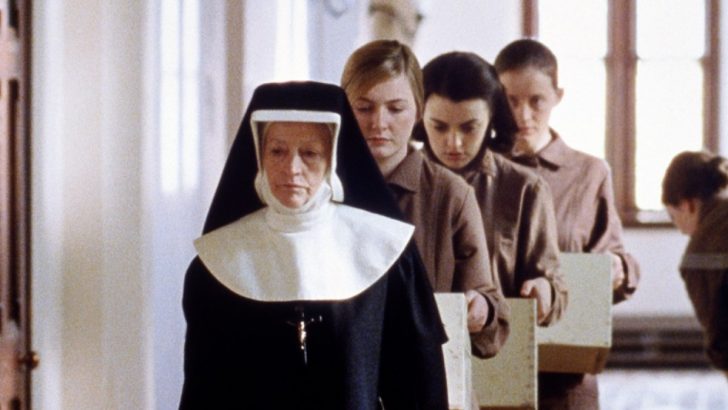New research debunks the sensationalist myths surrounding the Magdalen laundries in Ireland, a leading historian has claimed.
Dr Jacinta Prunty, head of history at the National University of Ireland, Maynooth, has painstakingly trawled the archives for a new book which aims to set the record straight.
Dr Prunty says she hopes her new book – launched this week – will “bring the discussion back from sensationalist portrayals to real-world, specific settings”.
“The understandable but nevertheless unhelpful – and ahistorical – tendency to sweep all under a generalised ‘Magdalen laundry’ heading may be checked to some degree by this study,” she insists.
Referring to the official inquiry into institutions conducted by Dr Martin McAleese, Dr Prunty points out that the McAleese report has “laid to rest some of the wildest accusations about the Magdalen laundries”.
Records
“As Dr McAleese himself noted in the introduction to his lengthy report, fuelled by the absence of access to records, over the years ‘stories grew to fill these gaps’ in public knowledge, with even the basic facts of numbers and length of stay unknown.”
The Monasteries, Magdalen Asylums and Reformatory Schools of Our Lady of Charity in Ireland, 1853-1973, launched in Maynooth on Tuesday, seeks to fill these gaps in more historically substantial ways, based on over a decade’s work on the Irish archives of the Sisters of Our Lady of Charity, who ran asylums in Dublin’s Sean McDermott Street and High Park in Drumcondra, along with hostels and reformatory schools.
One thing that should challenge the popular narrative, Dr Prunty told The Irish Catholic, is statistical analysis of women entering, leaving and returning to the laundries. Explaining that the vast majority of women in the asylums came and went repeatedly, she said, “that was something that really struck me – you wouldn’t come back four or five times, which was fairly frequent, if things were that bad”.
Cutting Edge
For much of the laundries’ history they were “cutting edge” examples of women helping women at a time when the State and wider society would not support them, Dr Prunty said, observing, “they were doing what hardly anybody else in Dublin was. They were giving women a safe place and the freedom to come and go”.
This persisted into the early decades of independence, she noted, when the asylums themselves were becoming “archaic”, but where the State was not addressing the real needs of vulnerable women.
Contesting popular myths about the cruelty and general vindictiveness of the sisters, of girls being taken in while pregnant, having their heads shaved and being barred from leaving, Dr Prunty said that televisual and cinematic interpretations of laundry life have created confusion.
“I think it’s because the television and film story took root in the popular mind before the historical research was done,” she said, taking particular issue with the 2002 film The Magdalene Sisters.
“Almost at every point there’s a misrepresentation,” she said, continuing, “So much of that film The Magdalene Sisters is so far removed from the historical record that you almost wouldn’t know where to start.”


 Greg Daly
Greg Daly A scene from the from The Magdalene Sisters
A scene from the from The Magdalene Sisters 